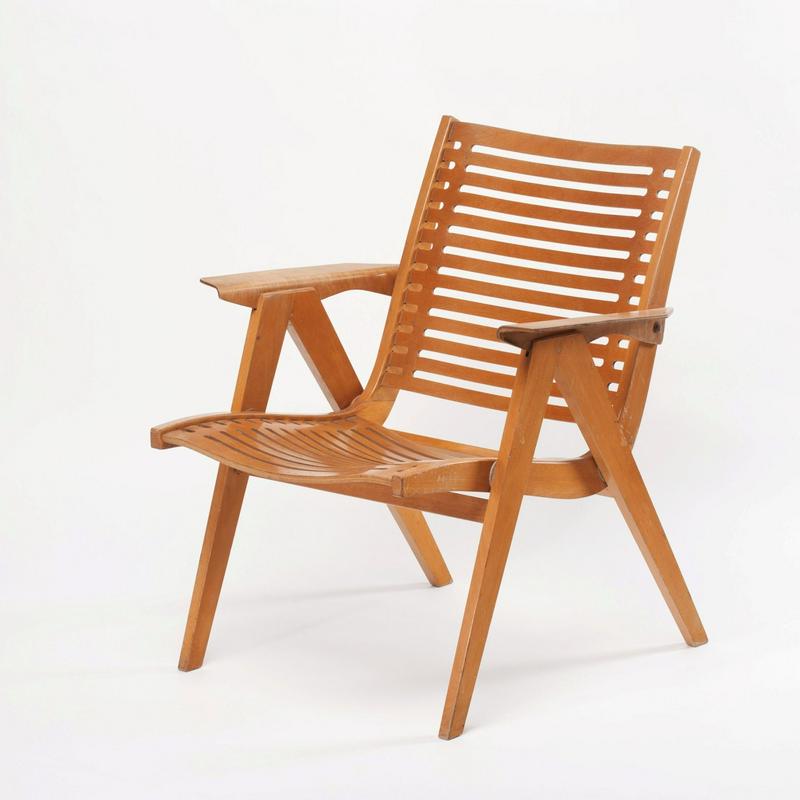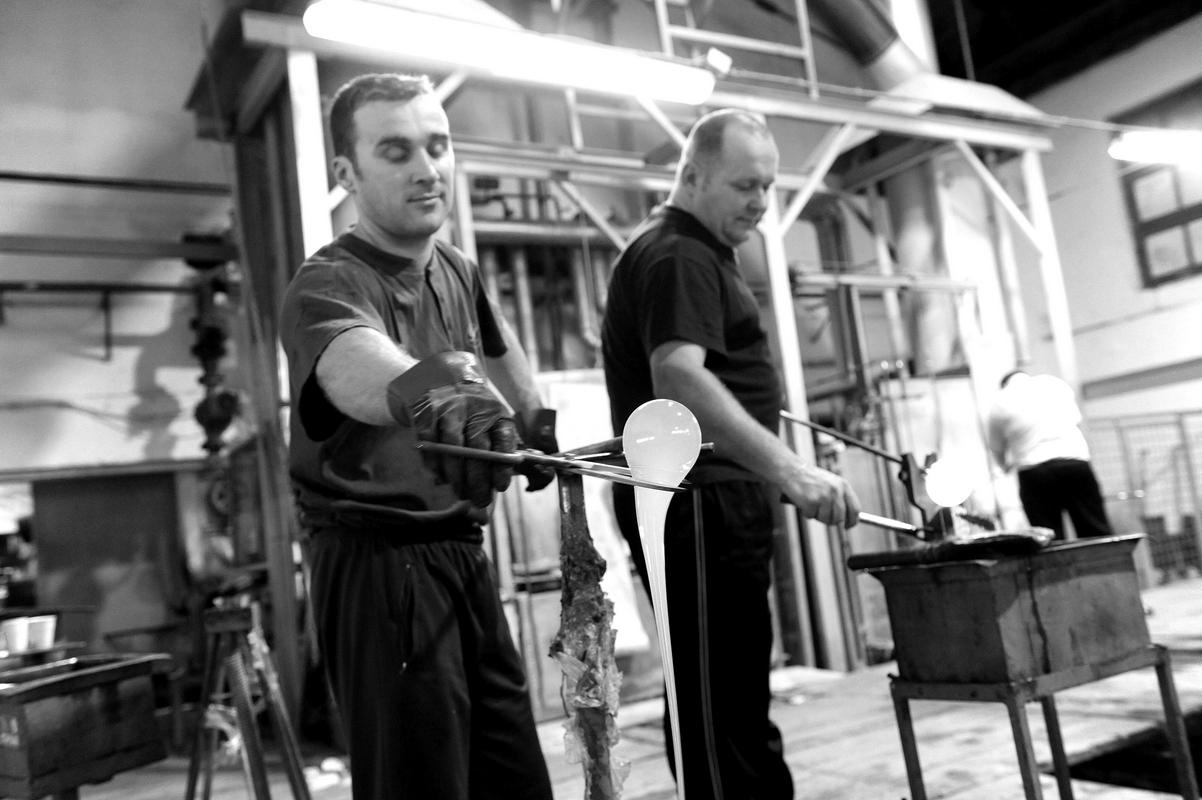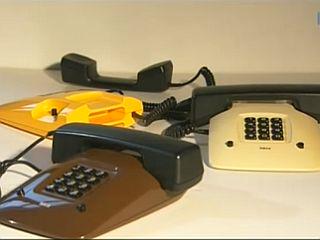
As part of 2013 Month of Design, the greatest works of Slovenian design were showcased at the exhibition Highlights of Slovenian Design.

The products awarded between 2003 and 2013 are considered icons of Slovenian design and are still unique and perfect examples of product design half a century and more since their creation.

This year’s Timeless Design Award went to designer Biba Bertok for her Nataša children’s bed, which was designed in 1973 and manufactured in 1974 at the factory of the wooden fancy goods in Rimske Toplice.
The products awarded between 2003 and 2013 are considered icons of Slovenian design and are still unique and perfect examples of product design half a century and more since their creation.
Chairs with supreme design
In the heyday of Slovenian industrial design, furniture factories had their own research departments for developing new products. Three of the chairs that evolved in these departments were awarded the Timeless Design Award.
In 2005, Niko Kralj received this award for his folding Rex chair constructed in 1954, which is still popular today. Over a million of these chairs have been sold so far, which are distinguished by exceptional functionality, ergonomics, innovation, comfort and affordability.
In 2009, Branko Uršič received the award for the Sistem L chair, produced in 1981 by the company Stol Kamnik. The chair is simply constructed from bent plywood lamellas and a padded seat. Two lamellas forming a rectangle serve as the sides of the chair and the seat gives the impression of floating.
The Gondola reclining chair by Oskar Kogoj looks as if it was ahead of its time. In 1969, Oskar Kogoj started cooperating with the research department at Meblo in Nova Gorica and developed a series of plastic Gondola reclining chairs, whose design and material embodied the spirit of the time; its particularity was in the approach towards the chair and development from the initial idea to the end product, which required a series of anthropometric and psycho-physiological testing.
Timeless glass products
The series of Konus fitting bowls produced by Ferdo Pak in 1977 and manufactured at Rogaška Glassworks is distinguished by its simple and double-conic design.
The inscription on the bottle was somewhat embossed and the rough glass surface was frozen. The typical logo which is still in use and the first Cockta bottle was designed by architect Sergej Pavlin in 1953. The typeface for the name of the drink was well-chosen from the font used to print the pre-Second World War newspaper Slovenski narod. As the model for the bottle, Pavlin used a small beer bottle which he adjusted for Cockta according to height and size.
Iconic machines and tools
In 2007, the Timeless Design Award went to Albert Kastelec, who produced a series of ergonomic, functional and aesthetic electric hand tools between 1960 and 1970, which also received many awards abroad.
Two products made by the Iskra factory were also awarded. Ljuban Klojčnik designed the street signal post telephone in 1972, which can still be seen on our motorways. In 1973, Klojčnik received a gold medal at the Biennial of Industrial Design.
The awarded Pobi battery charger designed by designer and architect Marijan Gnamuš in 1973 is also exhibited.
In 1983, Igor Rose produced the Tomos ATX 50 motorcycle, very popular among Slovenians at a time when cars were not so common.
The Simple & Logical washing machine received the 2011 Timeless Design Award. The machine is based on the concept of simple management and still represents a turning point in household appliance design. The washing machine was made by Janez Smerdelj and Tone Holobar for the Gorenje company in 1995. The washing machine has only four symbols for laundry types and level of dirtiness; everything else is done by the machine.
The elegant microphone designed by Marko Turk in 1963 is also one of the timeless products. Turk’s MD9 microphone was the first product by a Slovenian designer to be included in the collection at the Museum of Modern Art in New York in 1964.
This year’s Timeless Design Award went to designer Biba Bertok for her Nataša children’s bed, which was designed in 1973 and manufactured in 1974 at the factory of the wooden fancy goods in Rimske Toplice. Nataša set new standards in furniture designed for children and broke from the traditional colonial style of skilfully decorated children’s beds popular at the time. It was designed for small apartments with large families. Bertok found it important that this piece of furniture for children has a sense of warmth and protection. The bed, although no longer in production, is serving a third generation in many homes.
Anja Polajnar, SINFO
As part of 2013 Month of Design, the greatest works of Slovenian design were showcased at the exhibition Highlights of Slovenian Design.
The products awarded between 2003 and 2013 are considered icons of Slovenian design and are still unique and perfect examples of product design half a century and more since their creation.
This year’s Timeless Design Award went to designer Biba Bertok for her Nataša children’s bed, which was designed in 1973 and manufactured in 1974 at the factory of the wooden fancy goods in Rimske Toplice.


































































